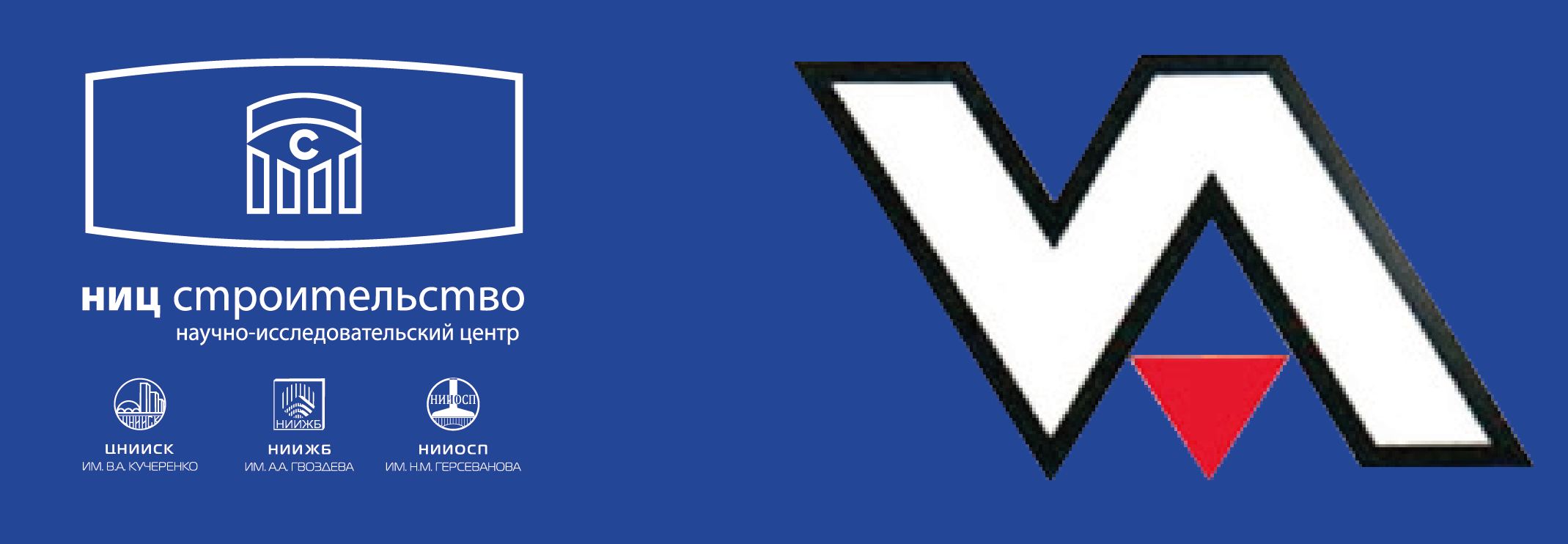Investigation of light-shielding properties of the “SPADAR SK-450” light mineral plaster
https://doi.org/10.37538/0005-9889-2025-5(630)-50-59
EDN: NCCXUN
Abstract
Introduction. This study is based on the property of physically dense matter to absorb and reflect light radiation. White-colored materials have a high reflective ability, while black-colored materials completely absorb the waves of the light spectrum of the Sun’s radiation. Since the white color reflects most of the waves of the light spectrum, increasing the whiteness of the “SPADAR SK-450” plaster coating should provide more effective protection of the plastered surface from heat associated with the absorption of photons of light. In this paper, a comparative study of the temperature and heating time of the surface of aerated concrete and “SPADAR” plaster when exposed to direct sunlight is carried out.
Aim. Comparative studies of the temperature and heating time of the surface of aerated concrete and “SPADAR” base plaster and modified with microcalcite and TiO2 when exposed to these materials by direct sunlight.
Materials and methods. Samples up to 10 mm thick were used for the study: non-autoclaved aerated concrete, base “SPADAR SK-450” plaster and modified with microcalcite and titanium oxide. In the course of the work, there were determined and compared: whiteness of “SPADAR SK-450” plaster according to RAL, depending on its modification with microcalcite and titanium oxide; changes in the surface temperature of the studied samples over time when exposed to direct sunlight. A digital pyrometer CEM DT-812 with a temperature range from -30 to +500 °C was used to measure the temperature.
Results. It was established: a sample of autoclaved aerated concrete, when exposed to direct sunlight, has a maximum surface heating temperature of +42.1 °C, which is 6 °C higher than the minimum temperature of the heated surface of the “SPADAR SK-450” plaster, modified with microcalcite and titanium dioxide when microcalcite and titanium oxide are combined into the “SPADAR SK-450”; the whiteness of the plaster increases, which reduces the temperature of maximum heating of its surface by 0,5 °C in comparison with the basic composition of the “SPADAR SK-450” plaster.
Conclusions. “SPADAR SK-450” plaster reduces the temperature of maximum heating of the aerated concrete surface by 6 °C due to its white color. Modification of the basic composition of the “SPADAR SK-450” plaster by the combined introduction of microcalcite and titanium dioxide into its composition increases the whiteness of the plaster coating and reduces the temperature of maximum heating of its surface by light radiation, which in turn helps to protect the plastered surface from heating.
About the Author
A. N. GudkovRussian Federation
Alexey N. Gudkov, Head of the Laboratory of Building Materials and Technologies of the Design and Technology Center, JSC Tulaorgtekhstroy, Tula
e-mail: alekseygudkov2016@yandex.ru
References
1. State Standard 33083-2014. Dry building plaster cement binder mixes. Specifications. Moscow: Standartinform Publ., 2019. (In Russian).
2. State Standard R 56775-2015. Microcalcite for construction materials. Specifications. Moscow: Standartinform Publ., 2019. (In Russian).
3. State Standard 9808-84. Titanium dioxide pigments. Specifications. Moscow: Publishing House of Standards, 2004. (In Russian).
4. State Standard 25485-2019. Cellular concretes. General specifications. Moscow: Standartinform Publ., 2019. (In Russian).
5. State Standard R 58277-2018. Dry building mixes based on cement binder. Test methods. Moscow: Standartinform Publ., 2019. (In Russian).
6. State Standard 28013-98. Mortars. General specifications. Moscow: Standartinform Publ., 2018. (In Russian).
7. State Standard 5802-86. Mortars. Test methods. Moscow: Standartinform Publ., 2018. (In Russian).
8. SP 82-101-98. Manufacturing and usage of mortars in construction industry. Moscow: Gosstroy of Russia, 1999. (In Russian).
9. Bazhenov Yu.M. Technology of concrete. Moscow: ASV Publ., 2002, 500 p. (In Russian).
10. Bazhenov Yu.M., Korovyakov V.F., Denisov G.A. Technology of dry building mixes. Moscow: Publishing House of the Association of Construction Universities, 2011, 112 p. (In Russian).
11. Korneev V.I., Zozulya P.V., Medvedeva I.N., Bogoyavlenskaya G.A., Nuzhdina N.I. Compounding guide to dry building mixes. St. Petersburg: RIA Quintet, 2010, 318 p. (In Russian).
12. Korneev V.I., Zozulya P.V. Dry building mixes. Composition, properties: Textbook. Moscow: RIF Stroymaterialy Publ., 2010, 320 p. (In Russian).
Review
For citations:
Gudkov A.N. Investigation of light-shielding properties of the “SPADAR SK-450” light mineral plaster. Concrete and Reinforced Concrete. 2025;630(5):50-59. https://doi.org/10.37538/0005-9889-2025-5(630)-50-59. EDN: NCCXUN











